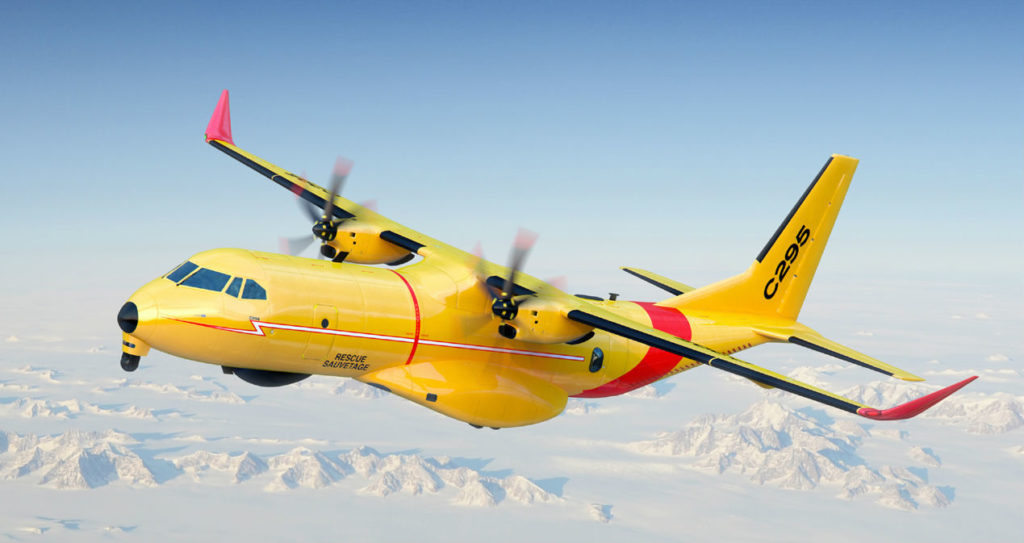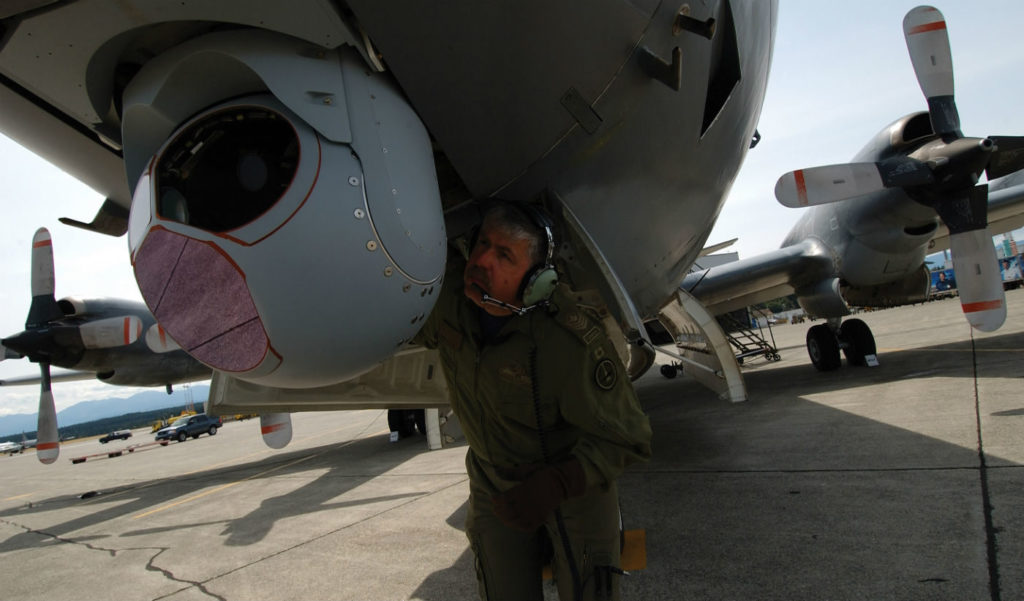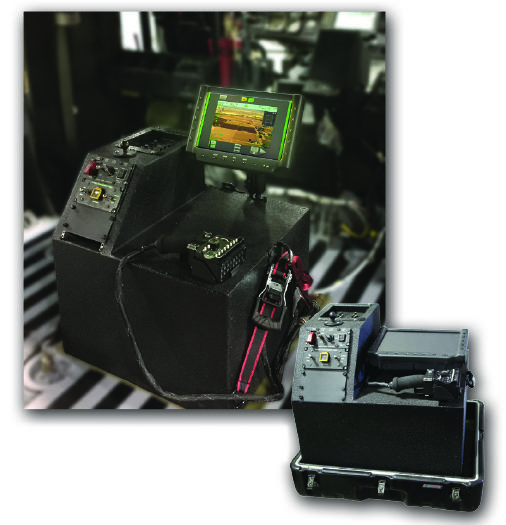Estimated reading time 8 minutes, 46 seconds.
L3 Wescam may be based in the Greater Toronto Area, but its business is built upon exporting about 98 per cent of its products.

The company specializes in designing and building top of the line military-grade electro-optical infrared (EO/IR) imaging and targeting sensor systems.
Constructed to meet the demands of modern intelligence, surveillance and reconnaissance (ISR) missions, Wescam’s product suite is built upon a distinguished history of excellence in stabilized camera mounts and crystal clear imaging systems for airborne, land and maritime domains.
Wescam president Mike Greenley told Skies the company attended the recent CANSEC defence show in Ottawa to display its full line of MX Series EO/IR aircraft sensors. They range from the eight-inch MX-8, released last October and targeted at the unmanned aerial vehicle (UAV) market; to the MX-20, used on Canada’s CP-140 Aurora surveillance aircraft; to the big MX-25 used on the largest control aircraft.
Last fall, Wescam’s advanced EO/IR turret systems reached the 1,000-flight hour service mark on the global fleet of Airbus C295 maritime patrol aircraft. That achievement made the company a natural partner in Airbus’ bid to supply the next Canadian fixed-wing search and rescue (FWSAR) aircraft, with the government declaring the C295W as the winner last December.

Greenley said the win is a rare opportunity to contribute to a Canadian procurement program.
“We are always exporting around the world and then we are trying to make sure we are here for the Canadian programs when they do come along,” he said. “Certainly, search and rescue is always important to Canada, and modern sensors play an important role in search and rescue, whether that’s on a fixed-wing search and rescue aircraft or a search and rescue helicopter. So that thread is really important to us.
“[Other than FWSAR,] if we ever do a UAV in Canada we would hope to have Wescam sensors on it. Canada has talked about unmanned aerial vehicles for the Air Force for a long time. You know the JUSTAS [Joint Unmanned Surveillance and Target Acquisition System] program; if JUSTAS can stay high up on the priority list that would be very important to us. As an EO/IR sensor company here in Canada, and already found on many UAVs, we would hope to have that opportunity in our home country.”
Wescam was also touting the launch of its new MatriX ISR kit solutions for fixed- and rotary-wing aircraft. Combining a number of commercial off-the-shelf technologies, the kits enable operators to add on-again, off-again ISR capability to an existing aircraft platform.

Unveiled in May 2017, the MatriX branded kits have initially been developed for the Sikorsky UH-60 utility Black Hawk helicopter and the Lockheed Martin C-130 Hercules cargo aircraft. The kits follow years of customized ISR system development for other platforms, including Canada’s CH-146 Griffon helicopters, the Airbus Helicopters AS355 and U.S. Coast Guard C-130s.
“A MatriX solution is a systems kit for a platform,” explained Greenley. “MatriX includes an MX sensor in the solution; so for example, the kit for a Black Hawk helicopter includes a new nose panel with a Wescam sensor fitted onto it. It also includes the cabling that runs through the helicopter into a mission system console that gets clicked into the back of the helicopter–that allows the operator to then operate that system from the back of the Black Hawk. With the MatriX kit, customers around the world who have a UH-60 Black Hawk helicopter and use it in its utility variant can convert it to be a surveillance helicopter in less than five or six hours. Then in one or two hours, you can take it all off again and it goes back to its utility mode.”
Greenley said operators now have the ability to field an ISR capability with a low-cost, low-risk package. He said Wescam noticed there was a gap in the market for these kits and expects to create them for other platforms as well.
“And the Blackhawk version, by next year I would expect us to extend it to a weaponized kit, so it would be a targeted solution so you could take a helicopter and convert it to a surveillance helicopter with a surveillance kit, or you could go one step further and turn it into a weaponized helicopter with the full MatriX weapons kit.”
The C-130 Hercules solution is based on a standard military transport pallet so it will be easily transferable to other platforms, continued Greenley.

“You roll a standard pallet into the aircraft, and that pallet includes all the kit that you need to convert the aircraft into a surveillance aircraft. So it’s got the sensors, it’s got the user consoles to sit there and run the mission system and the sensors on the aircraft, so you can roll it on and convert the transport aircraft to a surveillance aircraft and then roll it off, and it goes back to being a transport aircraft again.”
Greenley said the C-130 sensor extends from the side door of the aircraft and the kit will be undergoing final testing this fall before being released to the market.
“Really, it is a full solutions conversion kit; it’s all pre-integrated, pre-tested and ready to go as a product,” he continued. “People could buy all those bits themselves, find a systems integration team, and integrate it and test it and go through a long process, but they don’t have to. They can get ours. It’s all integrated; all tested on military ranges and is ready to go.”
While there may have been some “recreational” talks with the Royal Canadian Air Force about the MatriX kit for its Hercules fleet, the serious potential customers are currently special operators in foreign countries.
“So again, we kind of lead with export success and then we are looking for those next opportunities to be able to use those things at home,” concluded Greenley.








